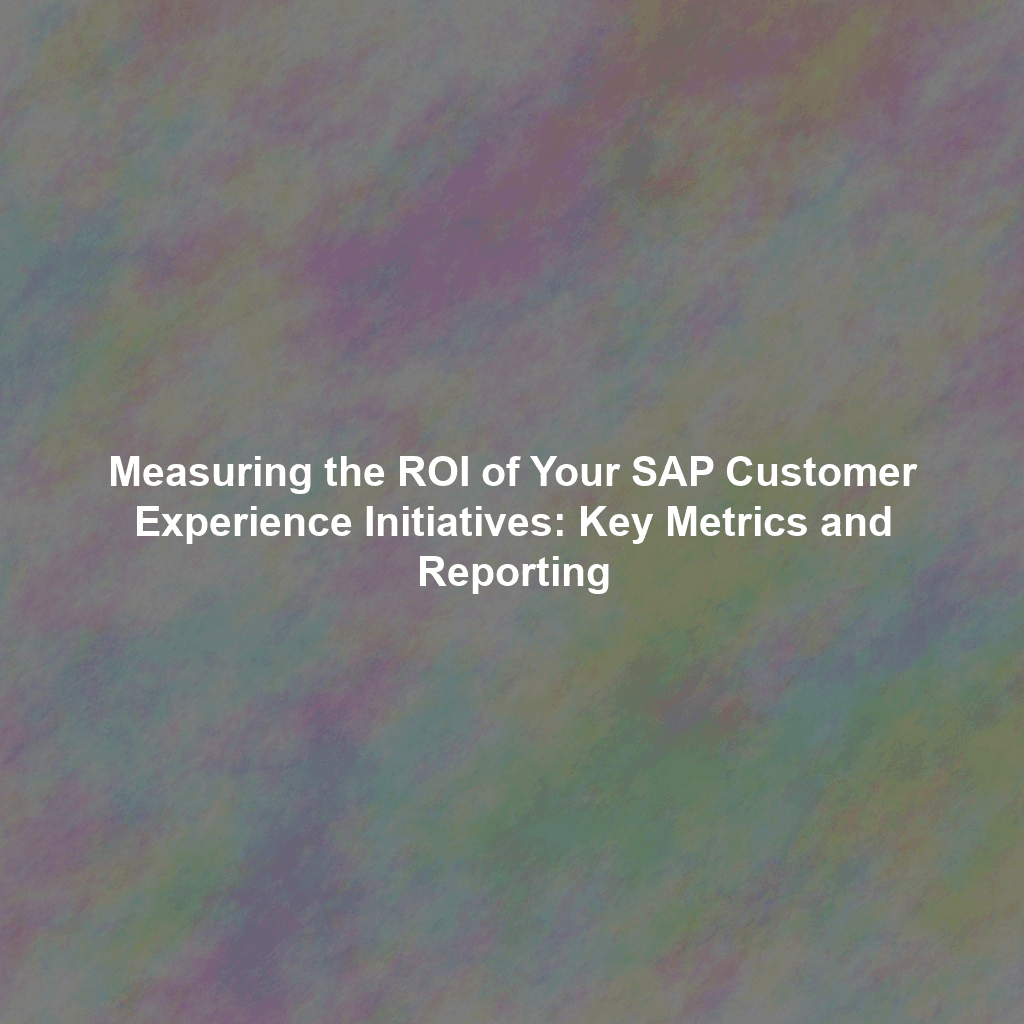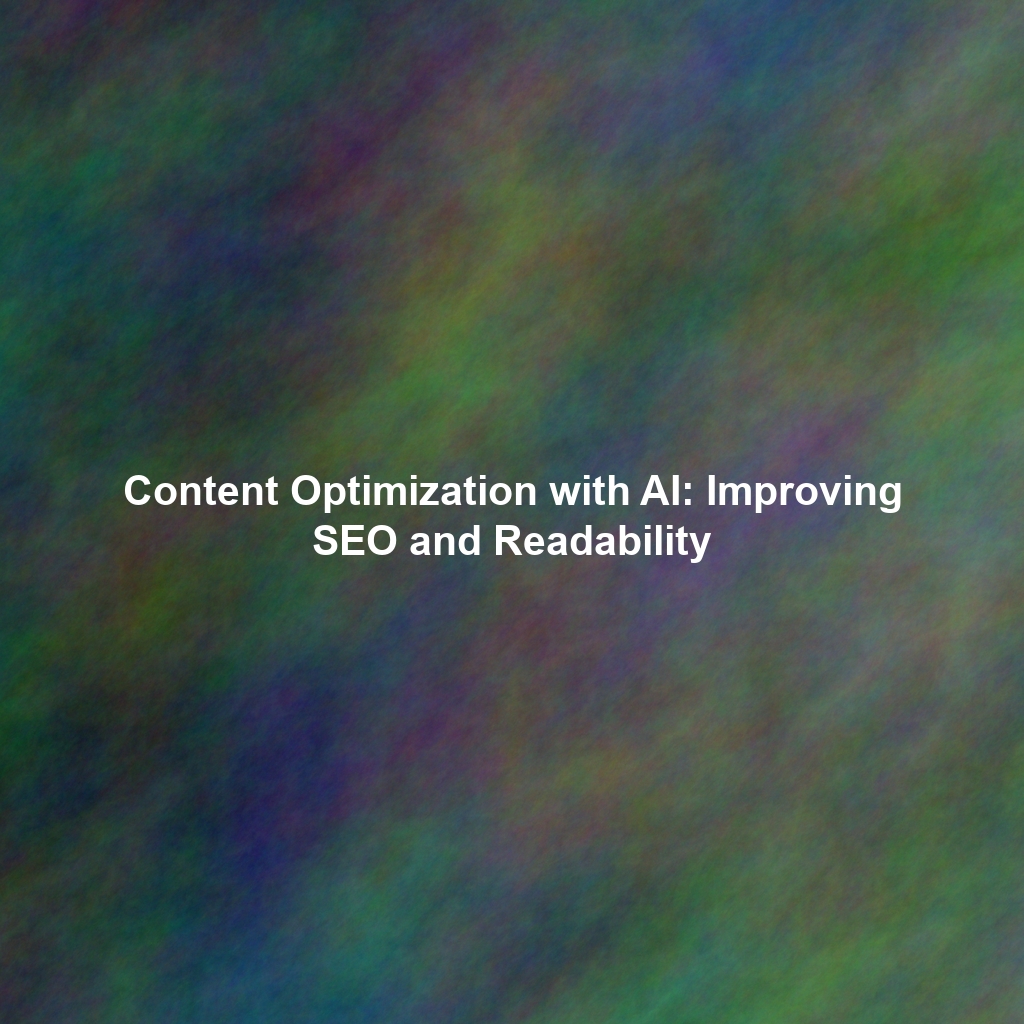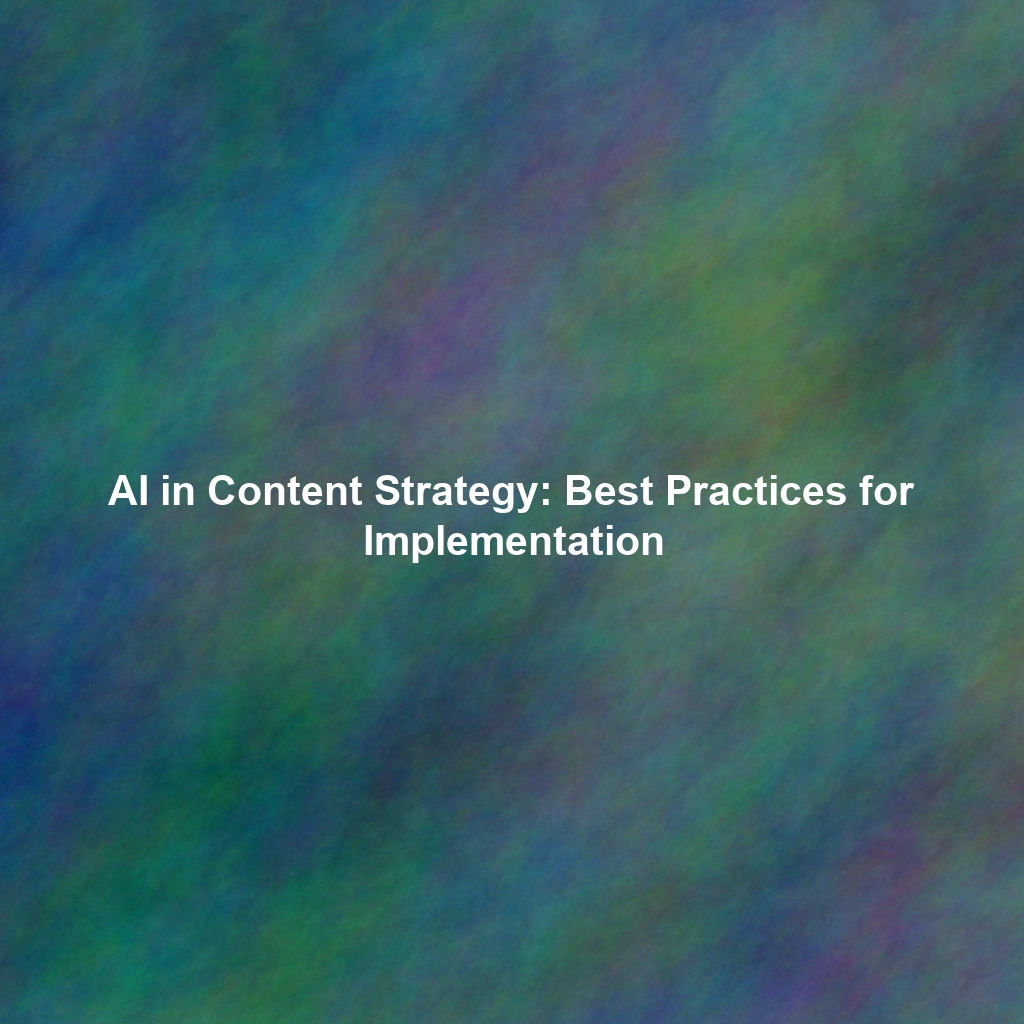In today’s hyper-competitive, data-driven business world, simply implementing a sophisticated Customer Experience (CX) solution is no longer sufficient. The era of “build it and they will come” is long past. Businesses, particularly those making substantial investments in enterprise-level platforms like SAP CX, are under immense pressure to demonstrably prove the tangible value and clear return on investment (ROI) of these initiatives. This scrutiny is amplified within the marketing function, where every dollar spent must be justified by measurable impact on lead generation, customer acquisition, engagement, and ultimately, revenue. This article provides a comprehensive, in-depth guide to meticulously measuring the ROI of your SAP CX implementations, with a specific and granular focus on marketing-related aspects, leveraging the power of SAP Marketing Cloud and its related modules. We will explore the most critical key performance indicators (KPIs), delve into advanced methodologies for attribution, and illustrate how to leverage SAP Analytics Cloud (SAC) for robust, effective reporting and insightful analysis, transforming raw data into actionable intelligence.
Understanding the Strategic Importance of ROI in SAP CX Marketing
Investing in a comprehensive SAP CX suite, particularly components like SAP Marketing Cloud, represents a significant financial commitment and a strategic organizational undertaking. It’s not merely a software purchase; it’s an investment in transforming how your business interacts with, understands, and serves its customers. Therefore, rigorously measuring the ROI of these initiatives is not just good practice; it’s a strategic imperative that yields multiple critical benefits:
- Justify Investments and Secure Future Budgets: In a world of finite resources, proving the value of your SAP CX investment to executive stakeholders, finance departments, and board members is paramount. A clear, data-backed ROI demonstrates that your investment is not a cost center but a profit driver, essential for securing continued funding and support for future enhancements and expansions.
- Optimize Strategies for Continuous Improvement: ROI measurement provides the empirical evidence needed to identify precisely what’s working within your marketing strategies powered by SAP CX, and, just as importantly, what is not. This allows for continuous, data-driven refinement and optimization of campaigns, customer journeys, and content, ensuring resources are allocated to the most effective initiatives.
- Improve Budget Allocation and Resource Efficiency: With a clear understanding of which marketing activities and CX improvements are generating the highest returns, you can make informed, strategic decisions about where to allocate your marketing budget and human resources for maximum impact. This shifts spending from guesswork to precision, maximizing efficiency and minimizing waste.
- Enhance Customer Experience Through Tangible Outcomes: Ultimately, the goal of CX is to improve the customer journey. By linking CX improvements to tangible business outcomes (e.g., increased conversion rates, higher customer lifetime value, reduced churn), you can quantify the direct impact of a superior customer experience on your bottom line. This reinforces the business case for customer-centricity.
- Drive Accountability and Performance: Establishing clear ROI metrics creates accountability within marketing teams. It provides a framework for setting performance targets, evaluating success, and fostering a culture of continuous improvement and data-driven decision-making.
Key Performance Indicators (KPIs) for SAP CX Marketing ROI: The Metrics That Matter
Choosing the right Key Performance Indicators (KPIs) is absolutely crucial for accurately measuring ROI. These metrics must align directly with your business objectives and be trackable within or integrated with your SAP CX environment. Here are some of the most critical KPIs relevant to SAP Marketing Cloud and its related modules, categorized for clarity:
1. Lead Generation and Management KPIs
These KPIs focus on the effectiveness of your marketing efforts in attracting and nurturing potential customers through the sales funnel.
- Number of Leads Generated: A foundational metric, tracking the total volume of new leads acquired through various marketing channels (e.g., website forms, landing pages, social media campaigns, events) managed or influenced by SAP Marketing Cloud.
- Lead Conversion Rate (MQL to SQL): Measures the percentage of raw leads that progress through different stages of qualification, from initial inquiry to Marketing Qualified Leads (MQLs) and then to Sales Qualified Leads (SQLs). This indicates the quality and effectiveness of your lead nurturing processes within SAP Marketing Cloud.
- Lead Source ROI: A more advanced metric, analyzing which specific lead sources (e.g., organic search, paid ads, email campaigns, content downloads) are generating the most valuable leads that ultimately convert into customers. This helps optimize budget allocation across channels.
- Marketing Qualified Leads (MQLs): The absolute number of leads that meet pre-defined criteria (e.g., engagement score, demographic fit) and are deemed ready for sales engagement, indicating successful marketing nurturing.
- Sales Qualified Leads (SQLs): The number of MQLs that have been accepted by the sales team after their own evaluation, signifying a strong potential for conversion and a healthy hand-off between marketing and sales.
- Lead Velocity Rate: Measures how quickly leads are moving through your sales funnel. A faster velocity often correlates with more efficient marketing and sales processes.
2. Customer Acquisition and Engagement KPIs
These KPIs focus on the efficiency of acquiring new customers and the effectiveness of retaining and engaging existing ones, directly impacting long-term profitability.
- Customer Acquisition Cost (CAC): A critical metric that calculates the total cost of acquiring a new customer. Formula:
(Total Marketing & Sales Expenses) / (Number of New Customers Acquired). Lower CAC indicates more efficient acquisition. SAP CX can help track the marketing portion of these expenses and attribute new customers. - Customer Retention Rate: Measures the percentage of customers retained over a specific period. High retention is often more cost-effective than constant acquisition. SAP CX’s segmentation and personalization capabilities can directly impact this.
- Customer Lifetime Value (CLTV): A predictive metric that estimates the total revenue a customer is expected to generate throughout their entire relationship with your company. Improving CLTV through personalized experiences and targeted marketing (enabled by SAP CX) directly impacts long-term profitability.
- Net Promoter Score (NPS): A widely used metric to gauge customer loyalty and advocacy through a simple survey question: “How likely are you to recommend our company/product/service to a friend or colleague?” Higher NPS often correlates with organic growth and lower acquisition costs.
- Customer Satisfaction Score (CSAT): Measures customer satisfaction with specific interactions, products, or experiences. Often collected via short surveys after a service interaction or purchase, providing immediate feedback on CX effectiveness.
- Churn Rate: The percentage of customers who stop doing business with your company over a given period. Lower churn is a direct indicator of successful customer experience and retention efforts.
3. Campaign Performance and Revenue KPIs
These KPIs directly link marketing activities to financial outcomes, demonstrating the direct revenue impact of your SAP CX-powered campaigns.
- Campaign ROI: Calculates the return on investment for specific marketing campaigns. Formula:
((Revenue from Campaign - Cost of Campaign) / Cost of Campaign) * 100%. SAP Marketing Cloud’s campaign management features are essential for tracking both costs and attributable revenue. - Website Conversion Rate: Tracks the percentage of website visitors who complete a desired action, such as making a purchase, filling out a form, or downloading content. Improved CX often leads to higher conversion rates.
- Average Order Value (AOV): Measures the average amount spent per order. Personalized recommendations and upselling/cross-selling strategies driven by SAP Marketing Cloud can directly influence AOV.
- Revenue Generated from Marketing Activities: The most direct measure of impact, attributing specific revenue streams to marketing initiatives managed or influenced by SAP CX. This requires robust attribution modeling.
- Marketing-Originated Revenue: The percentage of total revenue that originated directly from marketing efforts.
- Marketing-Influenced Revenue: The percentage of total revenue where marketing played a role at any point in the customer journey.
Anecdote: The Retailer’s Personalization Payoff
A large apparel retailer, “StyleStream,” implemented SAP Marketing Cloud to personalize customer journeys. Their marketing director, Emily, was initially skeptical about quantifying the impact. After six months, using SAC connected to their SAP Commerce Cloud, they found that customers who received personalized email recommendations (based on browse history and past purchases, orchestrated by SAP Marketing Cloud) had a 25% higher AOV and a 15% higher retention rate compared to those who received generic emails. “The data in SAC made it undeniable,” Emily stated. “The investment in personalization wasn’t just about ‘better CX’; it was directly driving millions in incremental revenue.” This highlights how specific CX initiatives translate into measurable financial gains.
Leveraging SAP Analytics Cloud for Robust ROI Reporting and Analysis
SAP Analytics Cloud (SAC) is a powerful, cloud-based solution that serves as the central hub for visualizing, analyzing, and planning your SAP CX marketing data. It transforms disparate data points into cohesive, insightful narratives, enabling data-driven decision-making for ROI tracking. Here’s how you can effectively use SAC to track and communicate your marketing ROI:
1. Seamless Data Integration: A Unified View
The first step is to connect SAC to your SAP Marketing Cloud instance. Beyond that, SAC’s strength lies in its ability to integrate with other relevant data sources across your enterprise. This includes SAP Sales Cloud, SAP Service Cloud, SAP Commerce Cloud, ERP systems (like SAP S/4HANA for cost data), and even external databases (e.g., social media analytics platforms, ad spend data from Google Ads/Facebook Ads). This creates a single, unified view of your marketing performance, allowing you to correlate marketing activities with sales outcomes and customer service interactions, providing a holistic ROI picture.
2. Intuitive Dashboard Creation: Visualizing Insights
SAC empowers users to design interactive, visually appealing, and easy-to-understand dashboards. These dashboards serve as your central command center for monitoring KPIs. You can use a variety of visualization types—charts (bar, line, pie), graphs (scatter, bubble), tables, and geo-maps—to highlight trends, identify anomalies, and present complex data in an accessible format. Custom dashboards can be tailored to specific roles (e.g., marketing manager, CMO, sales leader), ensuring everyone has access to the most relevant ROI metrics at a glance.
3. Advanced Predictive Analytics: Forecasting Future Performance
Leverage SAC’s embedded machine learning and predictive analytics capabilities to move beyond historical reporting. You can utilize these features to:
- Forecast Future Marketing Performance: Predict lead generation volumes, campaign conversion rates, or even future revenue based on current trends and planned marketing activities.
- Identify High-Potential Leads: Use predictive models to score leads based on their likelihood to convert, allowing sales and marketing teams to prioritize efforts.
- Predict Customer Churn: Identify customers at risk of churning, enabling proactive retention campaigns orchestrated from SAP Marketing Cloud.
- Optimize Budget Allocation: Simulate the impact of different budget allocations on key outcomes, helping you make more informed investment decisions.
This proactive approach allows you to identify opportunities for improvement and mitigate risks before they materialize, maximizing future ROI.
4. Compelling Storytelling and Reporting: Communicating Value
SAC’s “Story” feature allows you to create compelling, narrative-driven reports that effectively communicate your marketing ROI to stakeholders. Instead of just presenting raw data, you can build a cohesive story using a combination of visualizations, text explanations, and data insights. This helps to contextualize the numbers, explain the “why” behind the performance, and clearly articulate the business value delivered by your SAP CX marketing initiatives. These stories can be shared easily, fostering transparency and alignment across departments.
Example SAC Dashboard Elements for Marketing ROI:
- A dynamic line graph showing the trend of lead generation over time, segmented by lead source (e.g., organic, paid, social, direct), with drill-down capabilities.
- A detailed table displaying the Customer Acquisition Cost (CAC) for different customer segments or marketing channels, allowing for direct comparison and optimization.
- A visually striking bar chart comparing the ROI of different marketing campaigns (e.g., Q1 Product Launch, Holiday Promotion, Evergreen Content Campaign), enabling clear performance assessment.
- A prominent KPI tile displaying the overall Customer Lifetime Value (CLTV) trend, highlighting the long-term impact of CX and marketing efforts.
- A funnel visualization showing lead progression from initial capture to SQL, identifying bottlenecks.
- A geo-map illustrating customer acquisition by region, allowing for geographically targeted marketing adjustments.
Steps to Implement ROI Measurement for SAP CX Marketing: A Practical Roadmap
Implementing a robust ROI measurement framework for your SAP CX marketing initiatives requires a structured approach. Follow these steps for a successful deployment:
- Define Your Business Objectives and KPIs: Begin by clearly defining your overarching marketing objectives (e.g., “Increase MQLs by 20%,” “Reduce CAC by 15%”). From these objectives, identify the specific, measurable KPIs that will indicate success. Ensure these KPIs are trackable within your SAP CX environment.
- Implement Necessary Data Tracking and Governance: Ensure that your SAP Marketing Cloud instance and integrated systems are configured to accurately capture all necessary data points for your chosen KPIs. This includes lead sources, campaign IDs, customer interactions, website behavior, and sales outcomes. Establish clear data governance policies to ensure data quality and consistency.
- Connect Data Sources to SAP Analytics Cloud: Configure the necessary connections in SAC to pull data from SAP Marketing Cloud, SAP Sales Cloud, SAP Commerce Cloud, ERP systems, and any other relevant external marketing platforms. A unified data model is crucial for comprehensive analysis.
- Design and Build Dashboards and Reports in SAC: Work with your analytics team to design and build interactive dashboards and reports in SAC that visualize your KPIs. Start with foundational dashboards and iterate based on stakeholder feedback and evolving business needs.
- Establish Attribution Models: Determine the appropriate attribution models for your business (e.g., first-touch, last-touch, linear, time decay, W-shaped). Implement these models in SAC or your data warehouse to accurately attribute revenue and conversions to specific marketing touchpoints influenced by SAP CX. This is a complex but vital step for true ROI understanding. For more on attribution models, see Google Analytics documentation.
- Regularly Monitor, Analyze, and Interpret: Continuously monitor your KPIs and analyze your data in SAC. Look for trends, correlations, and anomalies. Don’t just report numbers; interpret what they mean for your business and identify actionable insights. Schedule regular review meetings with key stakeholders.
- Optimize Your Strategies Based on Insights: Use the insights gained from your ROI analysis to continuously optimize your marketing strategies within SAP Marketing Cloud. A/B test campaigns, refine segmentation, personalize content, and reallocate budget based on what the data tells you is most effective. This iterative optimization loop is key to maximizing ROI.
Challenges and Considerations in Measuring SAP CX Marketing ROI
While the benefits are clear, measuring ROI in marketing, especially with complex enterprise systems like SAP CX, isn’t always straightforward. Be prepared for these common challenges:
- Complex Attribution Modeling: Accurately attributing revenue to specific marketing activities across multiple touchpoints and a potentially long customer journey can be challenging. No single attribution model is perfect, and choosing the right one (or a combination) is crucial.
- Data Quality and Consistency: The accuracy of your ROI measurements is entirely dependent on the quality and consistency of your underlying data. Inaccurate, incomplete, or siloed data will lead to flawed insights. Robust data governance and integration strategies are paramount.
- Long Sales Cycles: For businesses with long sales cycles (e.g., B2B enterprise software), it can take a significant amount of time to see the full impact of marketing activities on revenue. Patience and a focus on leading indicators (e.g., MQLs, engagement rates) are necessary.
- External Factors and Market Volatility: Marketing ROI can be influenced by numerous external factors beyond your control, such as economic conditions, competitor actions, industry trends, and even global events. Isolating the precise impact of your SAP CX initiatives requires careful analysis and control for these variables.
- Defining “Value” Beyond Direct Revenue: Not all marketing activities directly lead to immediate revenue. Brand awareness, customer loyalty, and improved customer satisfaction also have immense, albeit harder to quantify, long-term value. Develop methods to assign monetary value to these less tangible benefits.
- Integration Complexity: Integrating SAP Marketing Cloud with other SAP modules and external systems for a holistic data view can be technically complex and require significant IT resources.
Conclusion: The Path to Data-Driven Marketing Excellence with SAP CX
Measuring the ROI of your SAP CX marketing initiatives is not merely an accounting exercise; it is an essential, ongoing process for demonstrating tangible business value, strategically optimizing your marketing efforts, and making informed decisions about budget allocation. By carefully selecting relevant KPIs, leveraging the powerful analytical capabilities of SAP Analytics Cloud for comprehensive data integration and visualization, and continuously monitoring your performance, you can gain invaluable insights into the true effectiveness of your marketing strategies.
Embrace this data-driven approach. Understand that this is an iterative journey that requires continuous commitment, cross-functional collaboration between marketing, sales, and IT, and a willingness to adapt based on insights. When implemented effectively, your SAP CX investment will not only enhance customer experiences but will also deliver a strong, measurable return, transforming your marketing function into a true profit center and a strategic driver of sustainable business growth. Don’t just implement; measure, optimize, and prove the power of your customer-centric strategy.
 Skip to content
Skip to content

